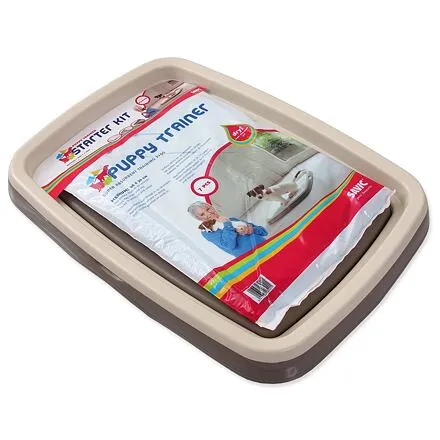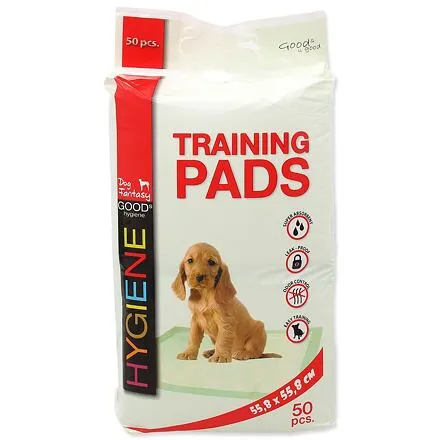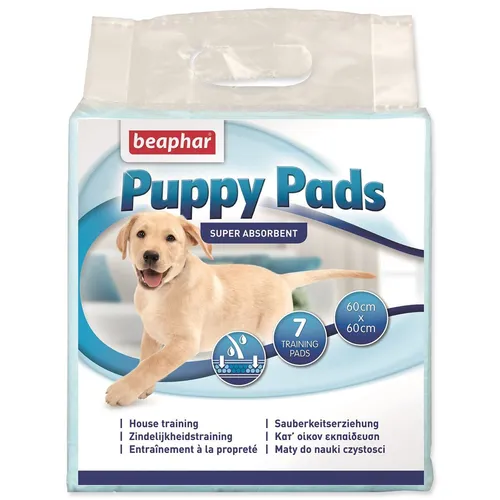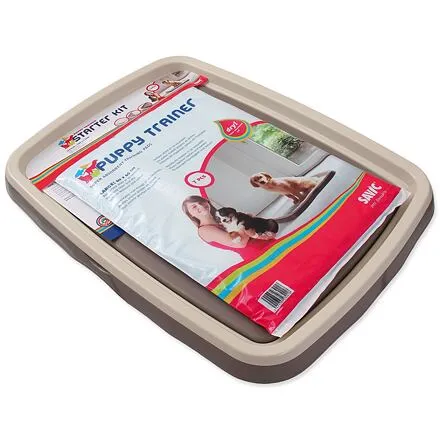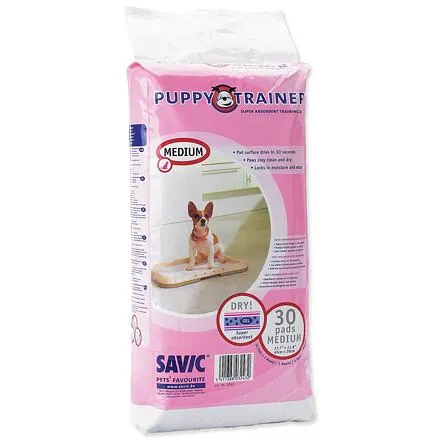Pet Training Aids
Pet-training aids are essential tools designed to assist pet owners in effectively training their animals, ensuring a harmonious relationship between pets and their humans. These products cater to a wide range of pet owners, from first-time dog or cat parents to seasoned trainers looking to refine their techniques. The primary purpose of pet-training aids is to facilitate learning and behavior modification, making it easier for pets to understand commands, develop good habits, and reduce undesirable behaviors.
When selecting pet-training aids, several key factors should be considered to ensure the best fit for both the pet and the owner. First, it is crucial to assess the specific needs of your pet. Different animals may respond better to certain types of training aids, such as clickers, training collars, or treat dispensers. Understanding your pet's temperament and learning style can guide you in choosing the most effective tool. Additionally, consider the materials used in the product. Durable, non-toxic materials are essential for safety and longevity, especially for pets that may chew or play roughly with their training aids.
Another important parameter is the features of the training aid. Some products come with adjustable settings, allowing for customization based on the pet's size and training level. For instance, electronic collars may offer various stimulation levels, while treat dispensers might have different difficulty settings to challenge your pet appropriately. It is also beneficial to look for products that are easy to use and maintain, as this will encourage consistent training sessions.
Each type of pet-training aid has its advantages and disadvantages. For example, clicker training is a popular method that promotes positive reinforcement, helping pets associate good behavior with rewards. However, it requires consistency and timing, which may be challenging for some owners. On the other hand, training collars can be effective for correcting unwanted behaviors but may raise concerns about their humane use. It is essential to weigh these factors and choose a product that aligns with your training philosophy and your pet's needs.
To maximize the effectiveness of pet-training aids, proper usage and maintenance are vital. Always follow the manufacturer's instructions for the best results. Regularly check the condition of the training aids to ensure they remain safe and functional. For instance, if using a clicker, ensure it is in good working order, and for collars, check for any signs of wear and tear. Additionally, incorporating training aids into a broader training regimen can enhance their effectiveness. Combining positive reinforcement techniques with verbal commands and hand signals can create a more comprehensive training experience for your pet.
Furthermore, consistency is key in training. Establish a routine that includes regular training sessions, and be patient as your pet learns. Celebrate small victories to keep your pet motivated and engaged. It can also be beneficial to combine training aids with interactive toys or puzzles that stimulate your pet's mind, reinforcing the learning process while providing entertainment.
In conclusion, pet-training aids are invaluable resources for pet owners looking to foster good behavior and strengthen the bond with their animals. By carefully considering the specific needs of your pet, the materials and features of the training aids, and the advantages and disadvantages of each option, you can select the most suitable products. With proper usage, maintenance, and a commitment to consistent training, you can help your pet thrive and enjoy a fulfilling life together.
show more text



